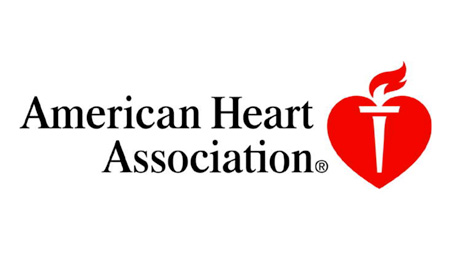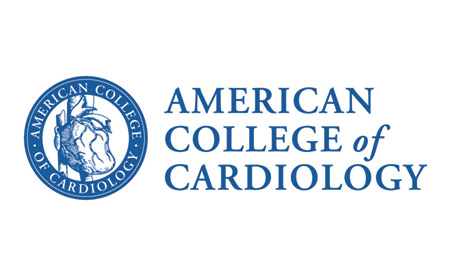|
"A major goal I have with Summit4CAD is
taking the hard-to-read, jargon-filled
medical research papers I came across in my
own quest to better understand CAD after my
heart attack, and break that information
down into language an average person with
little or no medical knowledge can easily
understand. I want people to come here
and read the information presented and "get
it". I want them to be able to
comprehend the data here and be able to
apply it to their own life so that they are
motivated to reduce their risk for CAD." |
|
Jon Patrick Hyde on why he
founded Summit4CAD |
 |
|
SOURCES |
All of
the information provided on this website has
been provided by verified, legitimate,
medical and/or government sources. The
two main sources for the majority of the
information contained in this website are
the American Heart Association
and
the American College of Cardiology.
If a different source is used it will be
noted. Quotes will be attributed to
their source. Likewise, if a published
research paper is a source it will be
clearly noted in the text of the page.
Summit4CAD does not make claim to
own any information provided that was
sourced from outside of its own staff.
All information provided is already in the
public domain. No attempt at
plagiarism or the republishing of false or
misleading information has or ever will be
acceptable policy at Summit4CAD.
Summit4CAD, Inc. is a Nonprofit
Public Benefit Corporation whose purpose is to
provide a vital public service; to be a part
of the solution that saves lives and/or
improves the overall quality of life for
those who are living with Coronary Artery
Disease.
Summit4CAD will accomplish this goal through
education; by providing
useful, relevant, and accurate information
regarding the prevention of, treatment of,
and recovery from Coronary Artery Disease.
|

|
 |
The American
Heart Association (AHA) is a non-profit
organization in the United States that
fosters appropriate cardiac care in an
effort to reduce disability and deaths
caused by cardiovascular disease and stroke.
Currently headquartered in Dallas, Texas,
the American Heart Association is a national
voluntary health agency.
The AHA is known
for publishing standards on basic life
support and advanced cardiac life support (ACLS),
and in 2014 issued its first guidelines for
preventing strokes in women. They are known
also for operating a number of highly
visible public service campaigns and they
also manage a number of fundraising events.
AHA Dietary Guidelines are the accepted
standard for hospitals and care facilities
in the USA regarding the specific dietary
needs of people living with a variety of
cardiovascular disease and illnesses.
The AHA is a trusted source of
information for all subjects associated with
heart disease and its treatment.
|
 |
 |
The American
College of Cardiology (ACC), based in
Washington, D.C., bestows credentials upon
cardiovascular specialists who meet its
qualifications. Education is a core
component of the College, which is also
active in the formulation of health policy
and the support of cardiovascular research.
The ACC partnered
with the American Heart Association to
develop and publish national performance
measurement standards and data standards for
both inpatient and outpatient care.
Measurement sets developed by ACC/AHA
include: coronary artery disease,
hypertension, heart failure, atrial
fibrillation, cardiac rehabilitation, STEMI/NSTEMI,
primary prevention and peripheral arterial
disease. In addition, the ACC has submitted
its measures to the National Quality Forum (NQF),
with the majority of its measures receiving
endorsement as national standards.
The ACC�s
National Cardiovascular Data Registry (NCDR�)
is a recognized source for measuring and
quantifying outcomes and identifying gaps in
the delivery of quality care. The ACC's
PINNACLE Registry� is the nation�s first and
largest practice-based cardiovascular
registry.
The ACC also
advocates for health policies that allow
cardiovascular professionals to provide
quality, appropriate and cost-effective care
on such issues as Medicare physician
payment, medical imaging, health care reform
implementation, medical liability reform and
funding for prevention and research. |
|
 |
|
|










